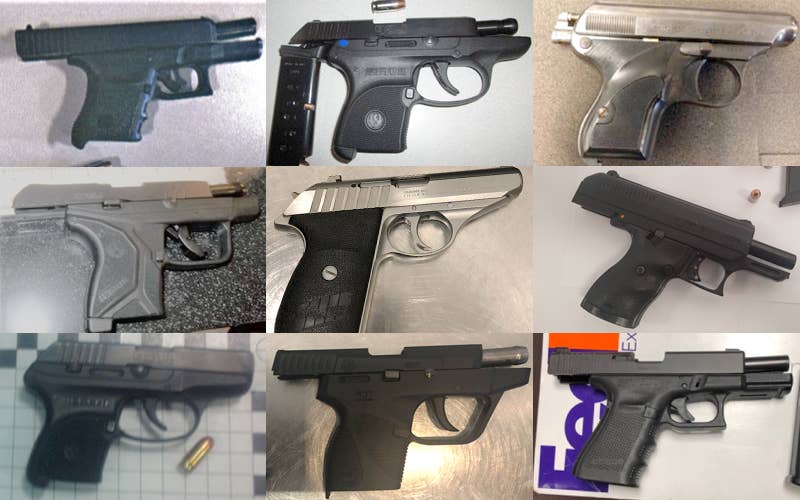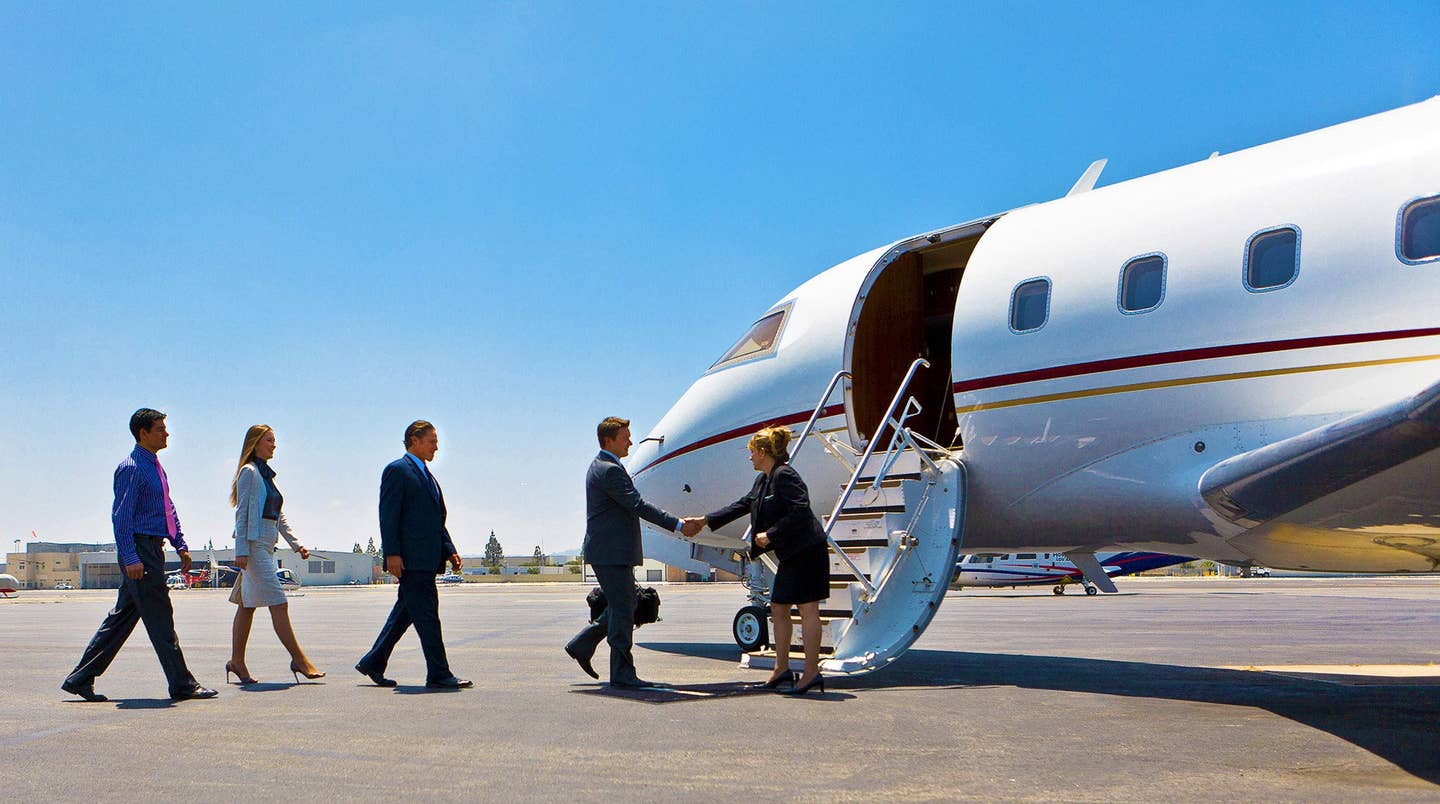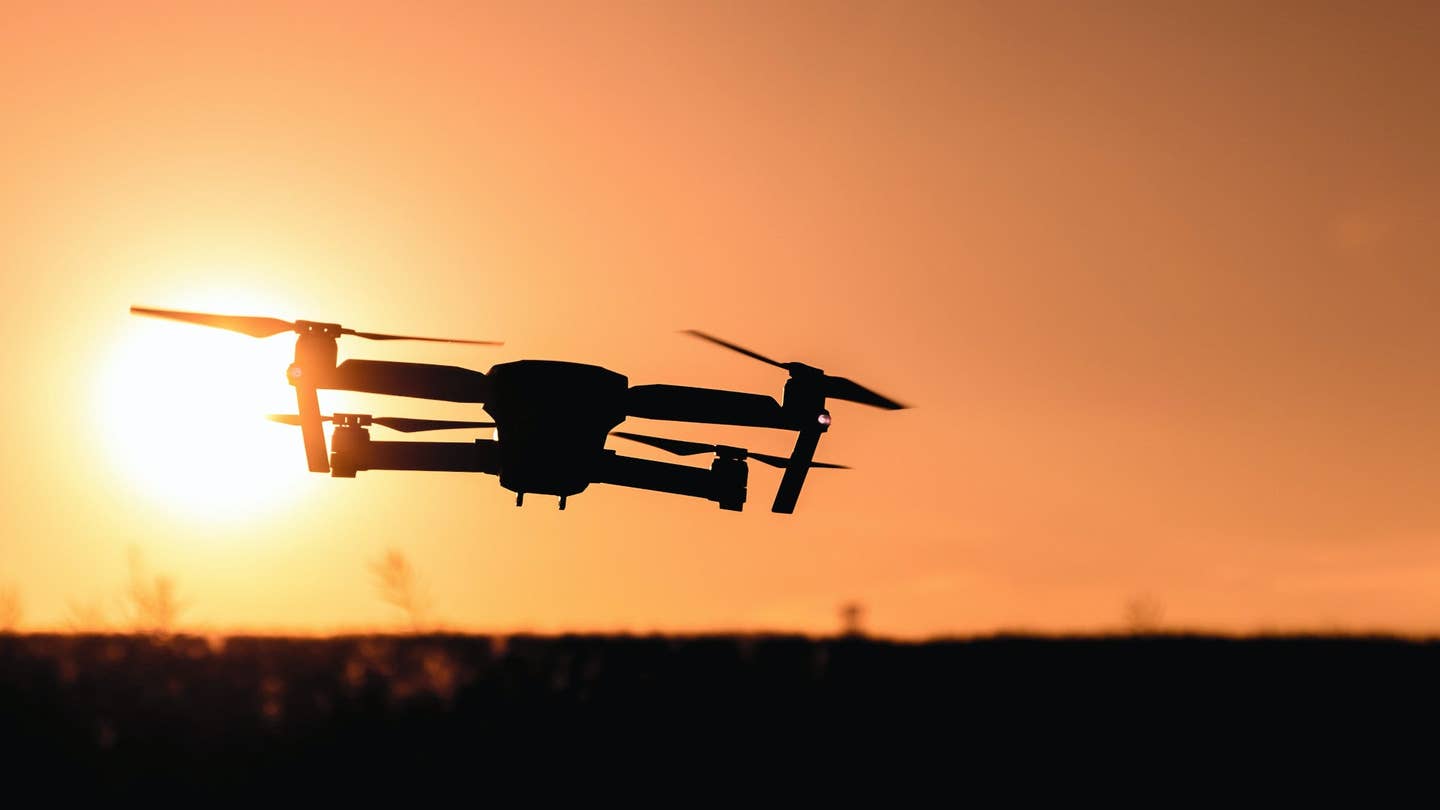What Jobs Can You Get With a Private Pilot License?
Put your private pilot certificate to work.

Commercial pilot’s licenses are often what is thought of when discussing aviation jobs, but private pilot’s do have options to make money too. [Credit: iStock]
Most people who wish to make money being a pilot aim to earn their commercial pilot’s license, which means you can accept money for flight services. This includes passenger-free commercial services such as fire control pilots, border patrol, and search and rescue.
However, with a private pilot’s license, there are still a few ways to make some money for your aviator services. Let’s take a closer look.
What Is a Private Pilot License (PPL)?
Internationally referred to as a Private Pilot’s License, this type of license is commonly called a Private Pilot Certificate in the U.S. A PPL is a document that proves a pilot has met all of the FAA requirements to operate an aircraft in visual flight conditions without an instructor present.
These requirements are as follows:
- Must be 17 years old
- Must be able to read, speak, write, and understand English (the international aviation language)
- Obtain a third-class medical certificate
- Perform basic math relative to flight
- Get an endorsement from an instructor to take the written exam
- Pass the FAA written exam
- Log 40 hours of flight time
- Complete a check-ride flight with an FAA examiner
For many, the private pilot certificate is just a step towards being a commercial pilot, but it does give pilots legal permission to do more than just fly themselves around.
How Does a Private Pilot License Work?
A private pilot’s license gives an individual the legal right to operate any aircraft they are qualified to fly. There are additional qualifications, known as ratings, that allow private pilots to do things like fly at night or operate larger aircraft, but even with all the ratings in the world, a PPL is still more-or-less a hobbyist licensure.
PPL holders may carry passengers, but not in a “for hire” setting, and not in any aircraft they are not rated to operate.
Can a Private Pilot Charge for Passengers?
Private pilots are allowed to carry the maximum number of passengers a given aircraft is rated for, but they are not allowed to charge those passengers any rates that result in the pilot landing with more money in their pocket than when he or she took off.
Pilots can, however, charge passengers what’s formally called a “pro rata share” of the flight costs, including fuel, aircraft rental, and any fees from the airports they use. It must be an even split, meaning the most a pilot can charge a passenger for these expenses is the same amount he or she will be spending on the same expenses.
5 Jobs You Can Get With a Private Pilot License
So, the easy answer to the question, “Can you get paid to fly with a PPL?” is no, but you can still make money off of the knowledge and abilities you’ve gained while being a private pilot. Here are a few examples!
Instructor
Ground school is one of the first steps in becoming a private pilot, and PPL holders are qualified to teach ground school if they are 18 years old and pass examinations on instructing and aeronautical knowledge. PPL holders are qualified to teach those individuals looking to attain their sport licenses, recreation licenses, or fellow PPLs.
If a PPL holder has an additional rating such as IFR (instrument flight rules), they may also instruct PPL ground courses related to the ratings they hold. PPL holders can not give flight training.
Sales
There are more than 200,000 general aviation aircraft in the U.S., and aircraft tend to stay in operation much longer than their automobile counterparts. All you need to sell these aircraft is a PPL, a high school diploma, and a minimum of 200 flight hours. As with any sales job, a deep knowledge of the aircraft you’ll be selling would certainly help, but a PPL proves that you have a solid baseline knowledge of aviation.
Tow Gliders
Gliders are non-powered aircraft that must be towed in order to become airborne. With additional qualifications, PPL pilots can accept money for towing gliders into flight. Those qualifications are:
- 100 hours of pilot-in-command flight on the glider type
- A logbook endorsement for glider training
- Three actual or simulated tows in the 24 months preceding an actual tow
Volunteer Jobs
Money isn’t the only type of payment, right? PPL holders are also eligible to fly volunteer missions for things such as search and rescue, as well as offering their piloting skills to get individuals who need specialized health services to locations across the country they may not have otherwise afforded to get to.
Light-Sport Test Pilot
Aircraft manufacturers hire pilots to run flight tests on new aircraft to make sure they meet safety and performance requirements before being sold to the public. A PPL holder can act as a test pilot for light-sport aircraft, as long as the pilot has 100 hours of pilot-in-command time in that type of aircraft. Light-sport aircraft are one- or two-seater airplanes that have a maximum takeoff weight of 1,320 pounds and a maximum speed of 120 knots.
Advantages of a Private Pilot License
Compared to a commercial pilot license, the primary advantage of a PPL is simply less time and money spent earning it. With a PPL, pilots can still take passengers with them and can even practice aerobatic flight maneuvers, and most restrictions are relevant to making money.
Disadvantages of a Private Pilot License
Flight can get expensive fast, as can training for your next licensure, and with that in mind, the major disadvantage of stopping at a PPL is not being able to make any of that money back with your new skill. If monetary compensation isn’t something you care about relative to being a pilot, a PPL should serve you just fine.
Private Pilot’s License vs Commercial Pilot’s License
A private pilot’s license is much easier to get than a commercial license. To get a PPL, a pilot must meet a number of requirements and have 40 hours of flight time, including 10 hours of solo time and 20 hours of instruction received.
The time to get a commercial pilot’s license is 250 hours of flight time in addition to stiffer requirements, including a more stringent medical examination, 50 hours of a cross-country flight, and 100 hours of PIC (Pilot-In-Command) time.
The next step is an airline transport pilot (ATP) certification, which qualifies a pilot for major airlines, but this licensure requires 1,500 hours of logged flight time as well as a number of other requirements.
Is a PPL Enough?
Getting a PPL is a huge accomplishment, and for many people, the last license they’ll ever need. But if you want to have the option to be a pilot for hire, your options are very few with a PPL and you may want to consider taking aim at a commercial license.
Ready for a New Aviation Career?
Becoming a private pilot is a proud moment in any pilot’s career. Opportunities to earn money as a private pilot are a little more limited than with other types of licenses, but there are still many great ways to earn a salary as a PPL holder. The privileges of a private pilot license can give new pilots a way to make back money spent on training costs and experience different types of flight operations.
Whether you already have a PPL or are just starting to look into flight training, there are many career options to explore as a private pilot and beyond.
FAQ
Are private pilots in demand?
In general, though becoming a private pilot can open up select work opportunities, private pilots are not highly in demand. Most flying jobs prefer to hire commercial pilots because of the tighter restrictions and advanced level of training required to get a CPL. To become a competitive candidate, consider adding an instrument rating and working toward a commercial certificate.
How much does a private pilot make?
A private pilot salary can range from minimum wage to top dollar as a commissioned salesperson. How much a private pilot can make ultimately depends on the type of job and the pilot’s experience level.
Can a private pilot fly for an airline?
There are a few different types of pilots licenses an airline pilot needs to get before qualifying for that job. A private pilot cannot fly for an airline, but getting a PPL is a great first step to take toward becoming an airline pilot.

Subscribe to Our Newsletter
Get the latest FLYING stories delivered directly to your inbox






